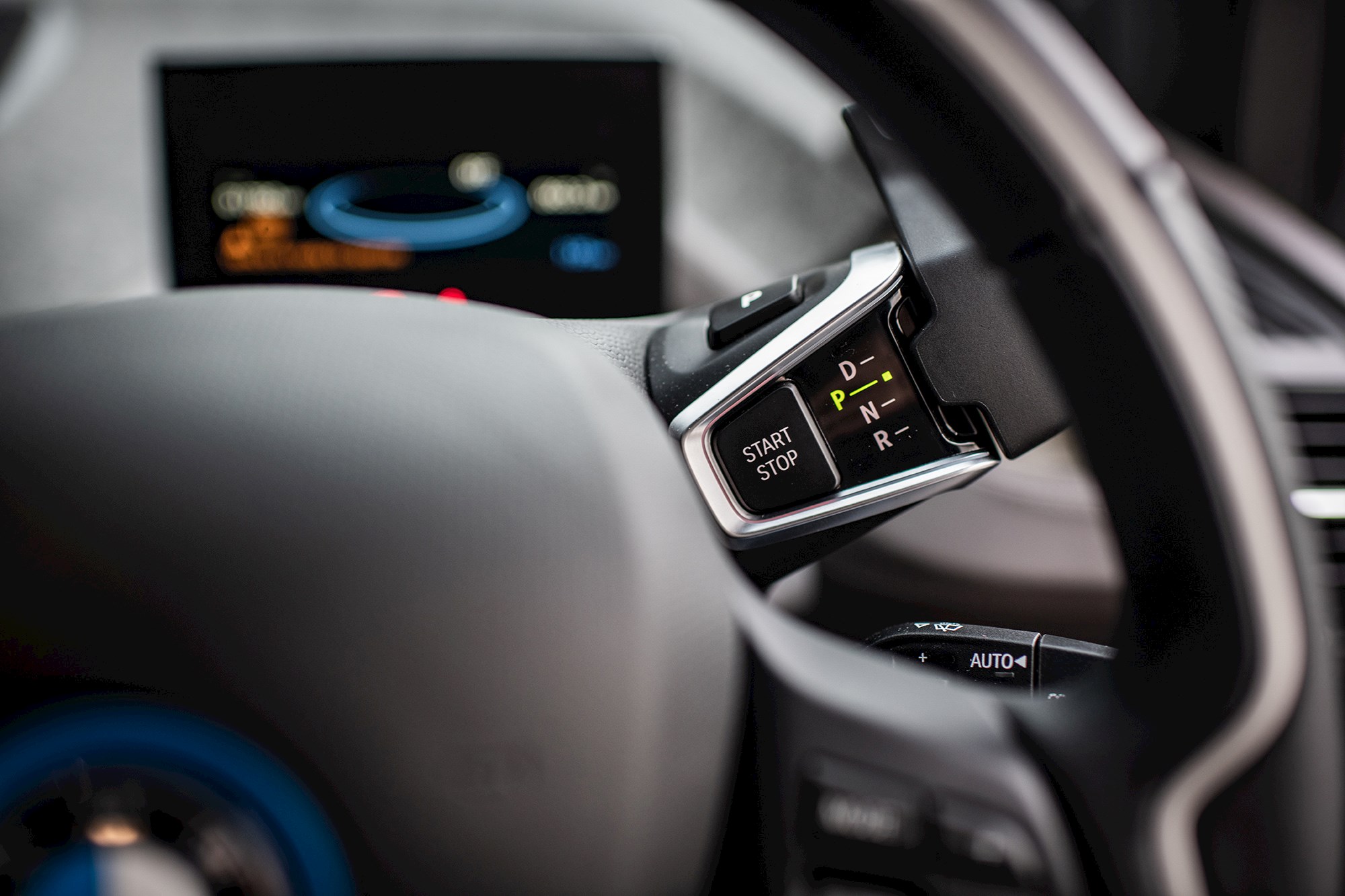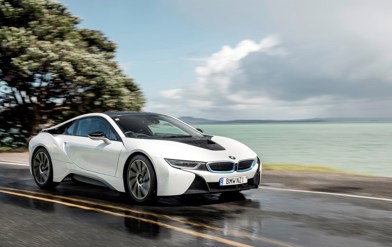New BMW i3 S evolves
What a difference a couple of years make when it comes to electric vehicles and their batteries — with the prime example being BMW’s revolutionary i3 S.
When electric vehicles were introduced, the battery range figure was taken as fantasy rather than fact, but with the recent focus on lithium ionic battery technology, those range figures can be believed.
And the facelift BMW i3 S (for sport) model is a prime example, with a genuine 200km range.

How genuine? During my seven-day test I didn’t need to charge it once — despite trying my best to deplete the battery.
I tried all the tricks that usually see an EV battery’s dial deplete faster than you can say “please can I have a lithium ionic and a side order of public charger rage?”.
Air conditioning on full blast so that your nose has icicles hanging off it? Yup. Turn on sport as much as you can? Oh definitely.
Overtaking like you’re driving a BMW i8? You betcha.
But still that 200km range stayed genuine. Kudos to BMW with developing the battery technology for its iPerformance sector that includes the i3 S, as well as i3 with range extender, and the i8.

The BMW i3 S eDrive electric motor produces 13kW of power and 270Nm of torque from the 33 kWh “Li-Ion” battery that has eight modules. The rear-wheel drive also has a new look from the mid-cycle refresh, as BMW calls its facelifts, including lower suspension, wider tyres and more power.
That new look starts at the front with a new front bumper apron, with more gloss black, and — due to the feedback from buyers that the original i3 looked narrow — a new rear bumper treatment plus black wheel arch surrounds.
The track is wider by 40mm, and the wheels and tyres wider by 20mm. The alloy wheel design is exclusive to the i3 S, being 20in in diameter.
The i3 S is priced from $85,900 while my test model was specced up to $92,640 to include seat belts in BMW i blue, Harman Kardon system, Apple CarPlay plus the exterior colour of Melbourne Red metallic.

Standard equipment includes park assist with rear view camera, park distance control front/rear, active cruise control, 5.7in infotainment screen, leather steering wheel with multifunction buttons, automatic air conditioning, plus seat heating for driver and front passenger.
The i3 is a unique design that has been turning heads — including mine, even now — since its launch in New Zealand in 2015.
When it comes to EVs, there are two schools of thought: “I want everyone to know I’m driving an Earth-saving vehicle” or “shhh, move on”.
The i3 is a tall “hatch” with a short wheelbase and, unfortunately, two “suicide” rear doors. Practically, this doesn’t work if you are a rear seat passenger. During my test period, I dropped my kids at their workplaces (hallelujah), but in rush-hour traffic my rear-seat daughter couldn’t exit unless the front left door was open.
It’s a four-seater with limited boot space but this vehicle is a city car — and has been built as one.
Inside the i3 S continues the Scandinavian-cum-recycled look.
It is also a city car when it comes to driving; until you engage S mode. Booyah, the acceleration is addictive! Switch from drive mode into sport and not only do you get that instant torque but the braking relaxes instead of being go kart-like abruptness.
It becomes a dynamic vehicle on the road, overtaking with ease and a whippersnapper at motorway on-ramp lights — other drivers would look across, think it’s “just” an EV and be surprised as I planted my foot and zoomed ahead.

Of course, due to its box-style shape, it’s not exactly a sports car when it comes to handling and cornering at speed, but it’s not built for that, it’s built for a zero-emissions warrior.
As my battery was on 20 per cent before I had to take it back to BMW NZ, I still wanted to try a public charger, so I headed to a place where my Type 2 plug would work.
Except the lead from the charger was too short to reach the side of my i3 S and the other charger was in use. Darn it.
BMW i3 S
Engine: 33 kWh ‘Li-Ion’ battery producing 13kW/270Nm
Price: From $85,900
Pros: Love that sport torque
Cons: Rear access issues















